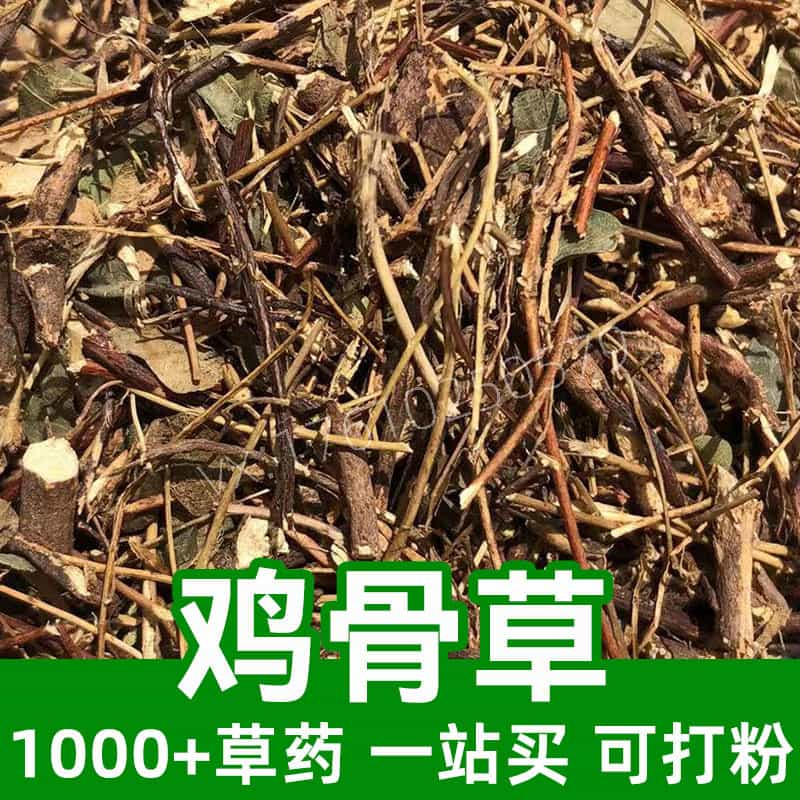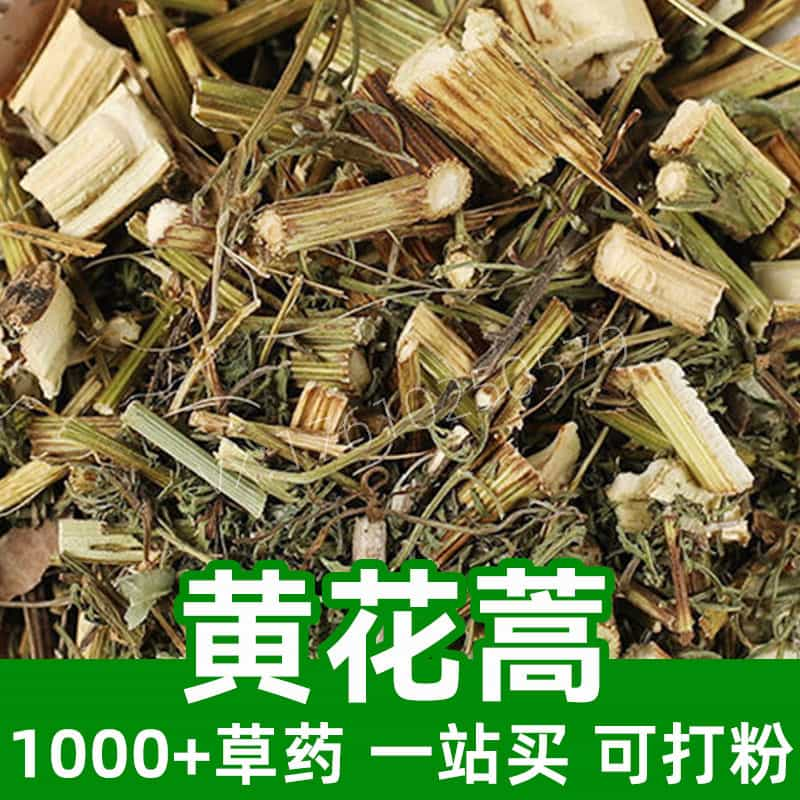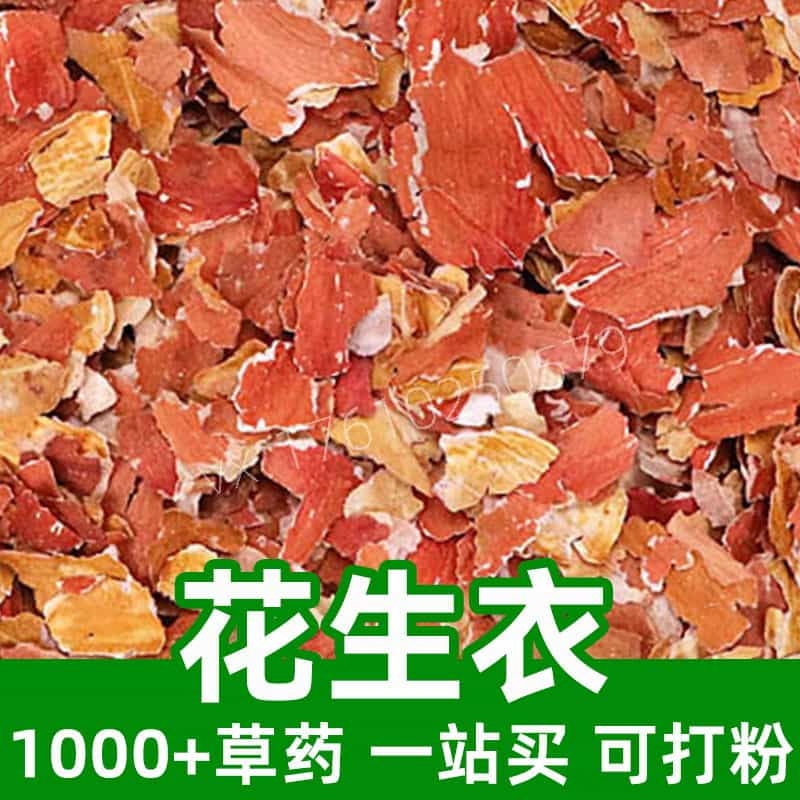Product Introduction
Morning Glory, part of the Ipomoea genus, is a versatile herb commonly recognized for its stunning flowers and various traditional applications. Traditionally, its leaves and seeds have been utilized not only for ornamental purposes but also in herbal medicine. The primary active components of Morning Glory include alkaloids such as LSA (lysergic acid amide), flavonoids, and tannins, which contribute to its diverse properties. Its origin can be traced back to multiple regions, including tropical Asia and the Americas, where it thrived in warm, humid climates. The leaves, flowers, and seeds of the Morning Glory plant have been used for centuries in traditional healing practices, often steeped in teas or concoctions for their calming effects. In addition to its medicinal applications, Morning Glory is also favored in the culinary world as an edible flower, valued for its attractive aesthetic in dishes. Moreover, the unique compounds in the herb have been explored for their psychoactive properties, making it a subject of interest in various herbal and botanical studies.
Main Active Ingredients
The primary active ingredients found in Morning Glory can significantly influence its effects and applications. One of the most notable components is LSA (lysergic acid amide), which structurally resembles LSD and is known for its psychoactive properties. This alkaloid is primarily concentrated in the seeds of the plant and may contribute to feelings of relaxation and mood enhancement.
In addition to LSA, Morning Glory contains several flavonoids, which are known for their antioxidant properties. These compounds play a crucial role in protecting the body against oxidative stress and may support overall health by enhancing cellular function. The presence of tannins in the herb contributes to its astringent properties and is thought to have mild digestive benefits.
Other alkaloids can also be found in varying concentrations across different Morning Glory species, which may affect their therapeutic potential. For example, some varieties may possess higher levels of specific flavonoids that can contribute additional health benefits. Overall, the functional compounds within Morning Glory are critical in determining its interactions within Traditional Chinese Medicine, particularly regarding its roles in harmonizing the Liver and Stomach channels. Understanding these ingredients' effects enables herbalists and practitioners to optimize their use in herbal formulations and meals.
Product Application Scenarios, Usage, and Dosage
In Traditional Chinese Medicine (TCM), Morning Glory is often employed in various applications due to its unique properties. Its primary classification involves soothing the mind and promoting relaxation. Herbalists commonly use the leaves in infusions or decoctions, focusing on dosages that align with specific health needs. A common preparation involves steeping one to two teaspoons of dried leaves in hot water for 10-15 minutes. This infusion can be taken once daily, preferably in the evenings, to promote calmness and alleviate stress.
Beyond TCM, Morning Glory's edible flowers and young leaves are utilized in culinary practices, commonly found in salads, teas, and as decorative garnishes. In culinary applications, it is suggested to use fresh flowers or leaves, approximately a handful per serving, to enhance flavor and aesthetics while leveraging its nutritional aspects.
For broader uses, Morning Glory seeds, when used in moderation and within traditional guidelines, can provide psychoactive effects and enhance the experience during communal gatherings or spiritual practices. Caution is advised regarding dosage, as the concentration of LSA can lead to varying sensations based on individual physiology.
Overall, Morning Glory's versatility in both health and culinary applications highlights its multifaceted nature, making it a staple in both traditional medicine and modern cuisine.
Introduction to the Source Plant, Distribution, and Growth Environment
Morning Glory belongs to the Ipomoea genus, which includes over a thousand species, many of which thrive in subtropical and tropical climates. This climbing vine showcases rapid growth, often covering trellises, fences, and arbors with its vibrant and enticing blooms. It prefers well-drained, fertile soils and flourishes in full sun, demonstrating resilience against various environmental conditions.
These plants are widely distributed across different continents, especially prominent in regions such as Asia, Africa, and the Americas. This adaptability allows Morning Glory to grow in diverse habitats, including gardens, roadsides, and wildlands. Although the plant can generally thrive in dry and sandy soils, ample moisture is crucial during the flowering stage to achieve lush growth and rich color saturation in flowers.
Cultivation of Morning Glory generally occurs from seeds, which germinate quickly in warm conditions. Growers appreciate its fast growth rate, which enables early flowering, typically being evident in the late spring to early fall. The plant is often propagated in home gardens for ornamental purposes due to its striking visual appeal but also retains its utility in herbal practices, emphasizing its dual benefits as both a decorative and medicinal plant.
Harvesting, Processing, and Storage
The process of harvesting Morning Glory is critical for maintaining the integrity and potency of the herb's active compounds. When harvesting leaves or flowers, it's typically recommended to do so during the early morning after the dew has dried but before the sun fully warms the plants. This timing preserves the delicate compounds and ensures the highest quality.
For the seeds, careful extraction is necessary given their psychoactive properties. These should be harvested when fully mature and dried on the plant, ensuring maximum LSA content. Once collected, seeds should be stored in airtight containers in a cool, dark place to maintain their efficacy.
Processing Morning Glory involves drying the leaves and flowers for long-term storage as fresh components have a limited shelf life. This can be achieved by hanging the herbs in small bunches in a shaded, well-ventilated area, avoiding direct sunlight to prevent degradation of sensitive components. Once fully dried, the herbs should be crumbled and stored in opaque containers to shield them from light and moisture.
For seeds, after thorough drying, they should also be placed in airtight containers and kept in cool conditions. Properly dried and stored seeds can retain their potent qualities for extended periods, making them suitable for later use in herbal brews or extracts.
Overall, attention to harvesting and processing methods ensures that the valuable constituents of this remarkable plant are preserved, enhancing its effectiveness and availability for both culinary and medicinal applications.
Monica Sun is a seasoned expert in the natural raw materials industry, with over a decade of experience specializing in traditional Chinese medicinal herbs, spices, and fungi. She is skilled in the sourcing, processing, and application of these materials, emphasizing sustainability and innovation. Monica Sun has contributed to the development of high-quality natural raw materials that serve as essential components in functional foods, pharmaceuticals, and cosmetics, delivering tailored solutions to meet diverse market needs.














